First-ever aerial survey of the ‘Great Pacific garbage patch’ shows the problem is worse than we thought
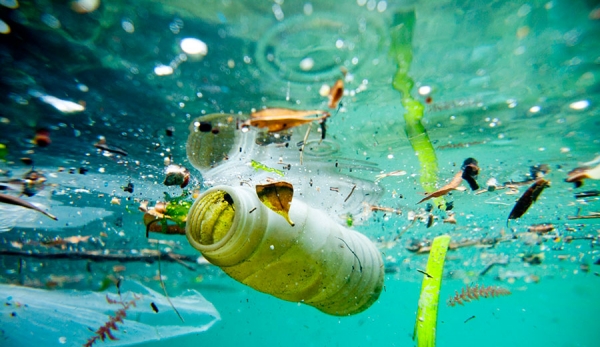
The density of the trash is growing so fast that the patch is becoming visible from space
The density of the trash is growing so fast that the patch is becoming visible from space
On October 3rd, the initial findings of the aerial expedition conducted by The Ocean CleanUp were presented. The Dutch foundation (established in 2013 by then 18-year-old Boyan Slat), realized a series of low-speed and low-altitude flights across the Great Pacific Garbage Patch, in order to accurately measure the biggest and most harmful debris in the ocean. Using a modified C-130 Hercules aircraft, expert spotters with the help of an experimental array of plastic scanning equipment found that the plastic accumulation zone between Hawaii and California is far bigger than imagined. The visual survey is the final major research step before the ambitious effort to actually clean up the patch, scheduled for 2020.
The heart of the garbage patch is thought to be around 1 million km² (386,000 sq miles), with the periphery spanning a further 3.5 million km² (1,351,000 sq miles). ‘Even at the very edge of trash sea, we spotted more objects than we were expecting to find in the center’ - where garbage is more densely packed by the swirling current-, said Boylan Slat at a press conference at Moffett Airfield in Mountain View, California. Spotters counted more than 1,000 large items of trash in 2.5 hours of surveying the area, and the team expressed the fear that when these break down into micro-plastic, they would be ingested by fish and other marine life and passed up the food chain. Slat warns that plastic is ‘quite persistent. We need to clean it up, but we also need to prevent so much entering the oceans. Better recycling, better product design and some legislation is all part of that. We need a combination of things.’
Why an aerial survey
"We discovered that the conventional method of measuring ocean plastic, using nets of less than a meter (3 ft) wide, was inaccurate because it seriously underestimated the total amount of plastic. The reason for this is simple: the larger the objects, the rarer they are by count," the Ocean Cleanup team said. So, instead of using boats to count ocean plastic, the team turned to planes. The C130 Hercules aircraft which was used, was fitted with state-of-the-art sensors which can detect objects at oceanic depths of tens of meters. This technology can also provide researchers with a weight estimate by registering the size of the objects found.
Media
Want to read more like this story?
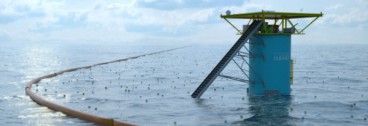
A floating structure aims to pull plastic from the world’s oceans
Jun, 10, 2016 | NewsThe project’s next big target is the obliteration of the Great Pacific Garbage Patch The pr...

The plastic pollution problem in charts
Dec, 11, 2017 | NewsThe total volume of all plastic ever produced has been calculated at 8.3 bn tonnes (the equival...
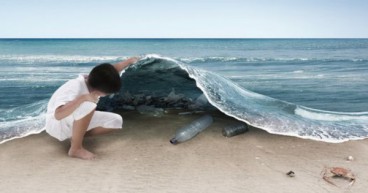
By 2050, there could be more plastics than fish in the oceans!
Mar, 04, 2016 | NewsIn a business-as-usual scenario, the ocean is expected to contain 1 ton of plastic for every 3 tons...
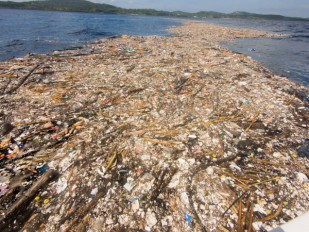
Plastic pollution: This has to stop
Nov, 01, 2017 | NewsWe are using enormous quantities of single use plastics, with many of them ending up in the ocean W...
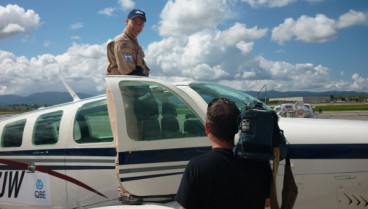
A light aircraft flew more than 500 miles using fuel partially originated from plastic waste
Mar, 08, 2017 | NewsThe initiative ‘On Wings of Waste’ aims to raise awareness about plastic waste recycling...
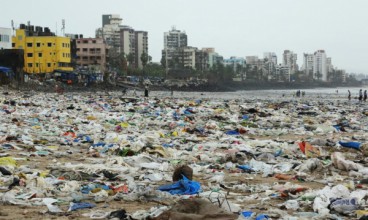
Indonesia pledges $1 billion annually to tackle ocean pollution
Mar, 22, 2017 | NewsThe country is the second largest plastic polluter in the world after China The country is the se...
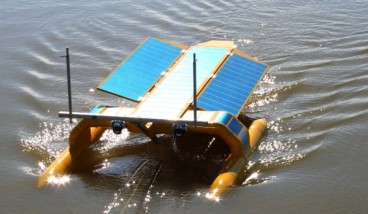
Solar-powered robotic vessel could vacuum plastic waste out of the ocean
Mar, 15, 2016 | NewsIt is called Seavax and could collect from deadly micro particles to huge fishing nets! It is cal...

Want to start your own business? Try a plastic recycling workshop!
Apr, 18, 2016 | NewsA 28-year old Dutch has developed machines to recycle plastic, and their blueprints are free on line...
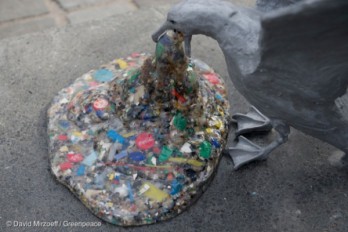
A sculpture outside London’s National Theater highlights the issue of plastic pollution in our oceans
Apr, 26, 2017 | NewsThe work of the renowned marine sculptor Jason deCaires Taylor is called ‘Plasticide’...
Trending

Vertical gardens in Mexico City to combat pollution

Characteristics of Load Bearing Masonry Construction

Taipei 101’s impressive tuned mass damper

Saudi Park Closed After 360 Big Pendulum Ride Crashes to Ground, 23 injured

Dutch greenhouses have revolutionized modern farming

Federal court rules Biden’s offshore drilling ban unlawful


